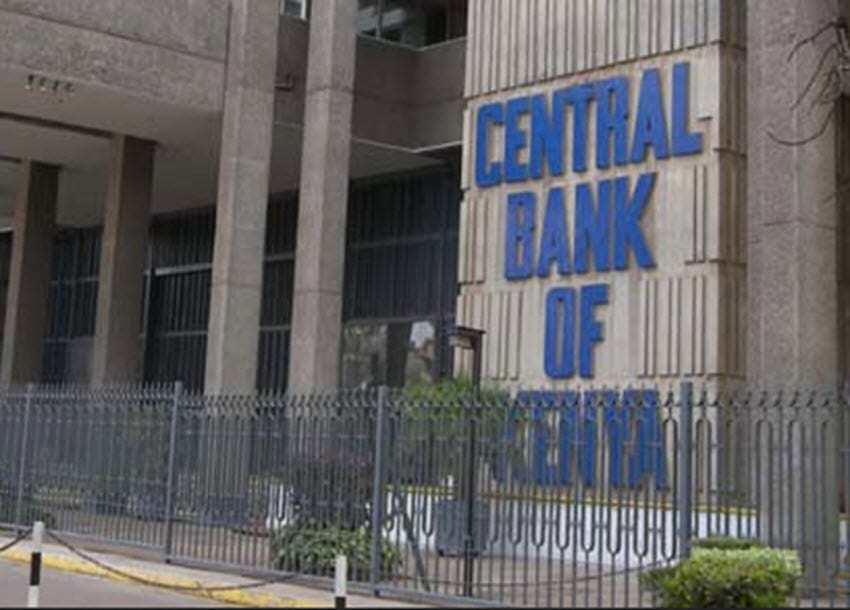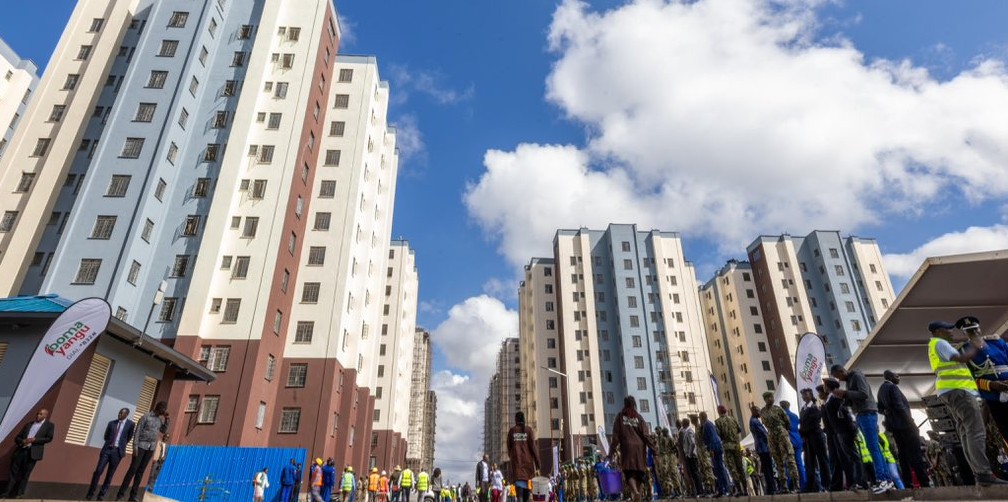Economic outlook: Kenya’s inflation climb raises prospect of monetary tightening in coming months

The country’s resurgent inflation, driven by surging electricity and fuel costs, could force policymakers to consider rate hikes to keep price growth in check.
The Central Bank of Kenya (CBK) may tighten monetary policy in June after six months of rising inflation, ending its streak of five consecutive rate cuts since August.
According to the latest monthly macroeconomic outlook by Afreximbank, the country’s resurgent inflation, driven by surging electricity and fuel costs, could force policymakers to consider rate hikes to keep price growth in check.
More To Read
- Kenya’s GDP to grow 5 per cent in 2025, driven by agriculture and fintech, says AfDB
- Kenya’s economic output rises 8 per cent to hit Sh16.22 trillion in 2024
- IMF upgrades Kenya’s economic growth to 4.8pc in 2025 despite regional, global slump
- Kenyan shilling, Africa’s best-performing currency in 2024 - World Bank
- Rwanda overtakes Kenya to become second freest economy in EAC
- Increased food prices push March inflation to 3.6%
Kenya’s year-on-year inflation edged up to 4.1 per cent in April, from 3.6 per cent in March, and 2.7 per cent in October last year, when the upward trend began.
Although still below the mid-point of the target range of 5±2.5 per cent, the report notes that the consecutive monthly rise signals mounting pressure on household budgets.
On the other hand, the Central Bank of Kenya (CBK) in its latest review lowered the benchmark Central Bank Rate to 10.0 per cent, down from the previous 10.75 per cent.
The 75 basis point cut marked the fifth consecutive reduction from the decade-high rate of 13 per cent.
The cut signalled continued relief for consumers who would continue enjoying the reduced cost of servicing credit.
In February last year, the apex bank raised the benchmark rate to 13, a level last seen 12 years ago as it moved to contain the then stubborn inflation.
Conventionally, CBK uses the policy rate to manage inflation, intending to keep it within the target range.
By adjusting this rate, the apex bank can influence the money supply and credit conditions in the economy, ultimately impacting inflation.
Ideally, when inflation rises, CBK often aligns the policy rate in the same direction to cool the economy and curb price increases, and conversely, lowers the rate when inflation falls.
Afreximbank report situates Kenya’s economic outlook within a broader African and global context marked by turbulence and fragility.
Across the continent, the report highlights that inflation has shown signs of cooling, dropping to 9.6 per cent in April from 10.1 per cent in March, but pockets of vulnerability remain, especially in economies like Nigeria and Ghana, where fuel reforms and currency instability persist.
Nevertheless, the lender reckons that the continent’s overall growth prospects remain subdued, with the GDP growth revised downward to 3.8 per cent for 2025.
“Slower external demand, tightening global financial conditions, and lingering domestic challenges like energy shortages and political unrest are weighing on economic performance,” the report reads.
Currency markets also stay volatile, the report adds in part.
“Currency depreciation continues to trouble several African economies. The Nigerian naira, Kenyan shilling, and Ghanaian cedi all generally weakened further in May, primarily due to foreign exchange shortages and external debt repayment pressures.”
The region further remains vulnerable to global shifts, heightened trade wars, risk of a return to high US interest rates and China’s uneven recovery, which continue to affect capital flows and commodity demand.
Top Stories Today











































